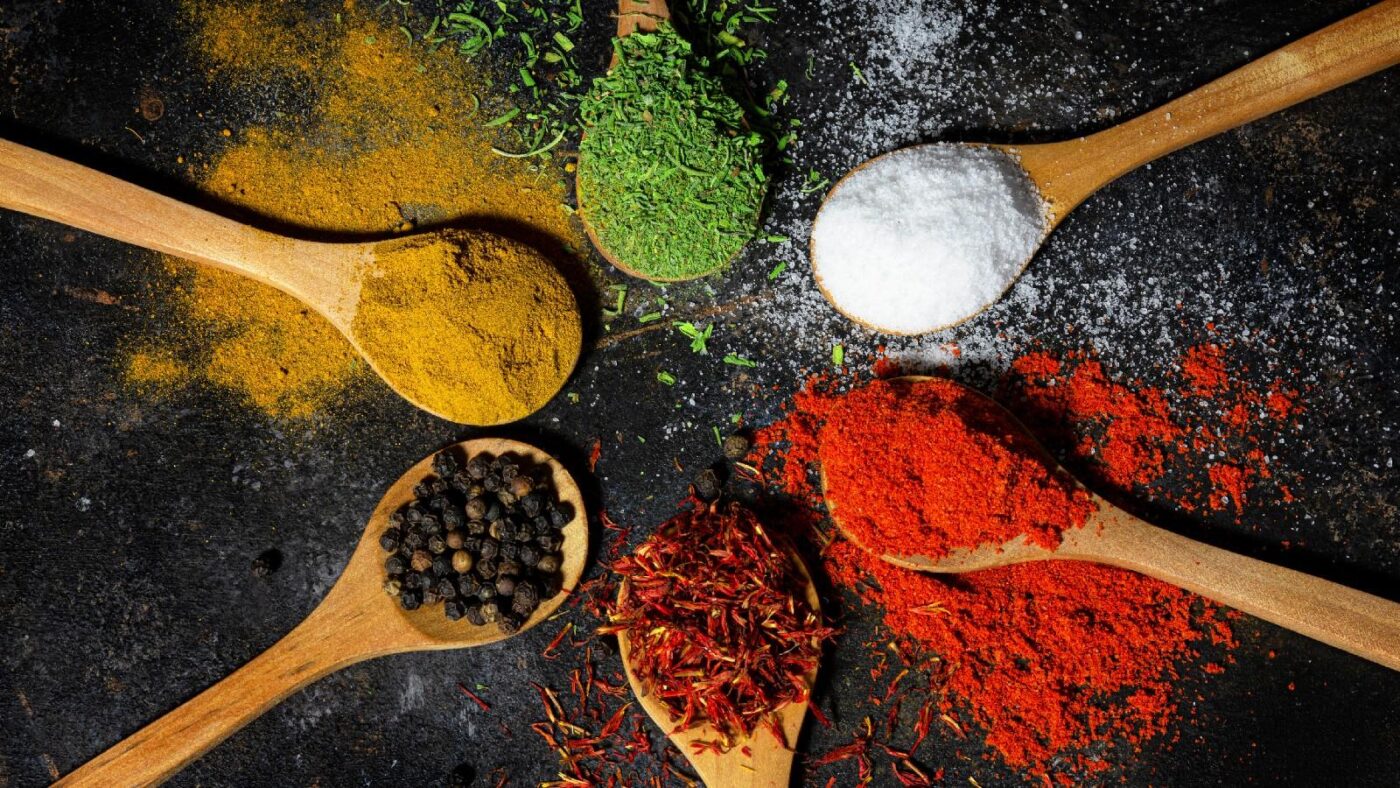Exploring Indian Spices: Flavorful Benefits for Every Dish In the vibrant tapestry of Indian cuisine, spices are not merely ingredients; they are the heart and soul that infuse each dish with character and depth. From the fiery intensity of chili peppers to the subtle warmth of cardamom, India’s spice cabinet brims with a wealth of flavors that tantalize the palate and awaken the senses. But these aromatic treasures offer more than just taste; they are steeped in a rich history of health benefits, cultural significance, and culinary artistry. In this exploration of Indian spices, we will delve into the myriad ways these colorful essences can enhance not only the flavor profile of your meals but also contribute to your wellbeing. Join us on this flavorful journey as we uncover the secrets behind these powerful ingredients and learn how to bring their magic into every dish.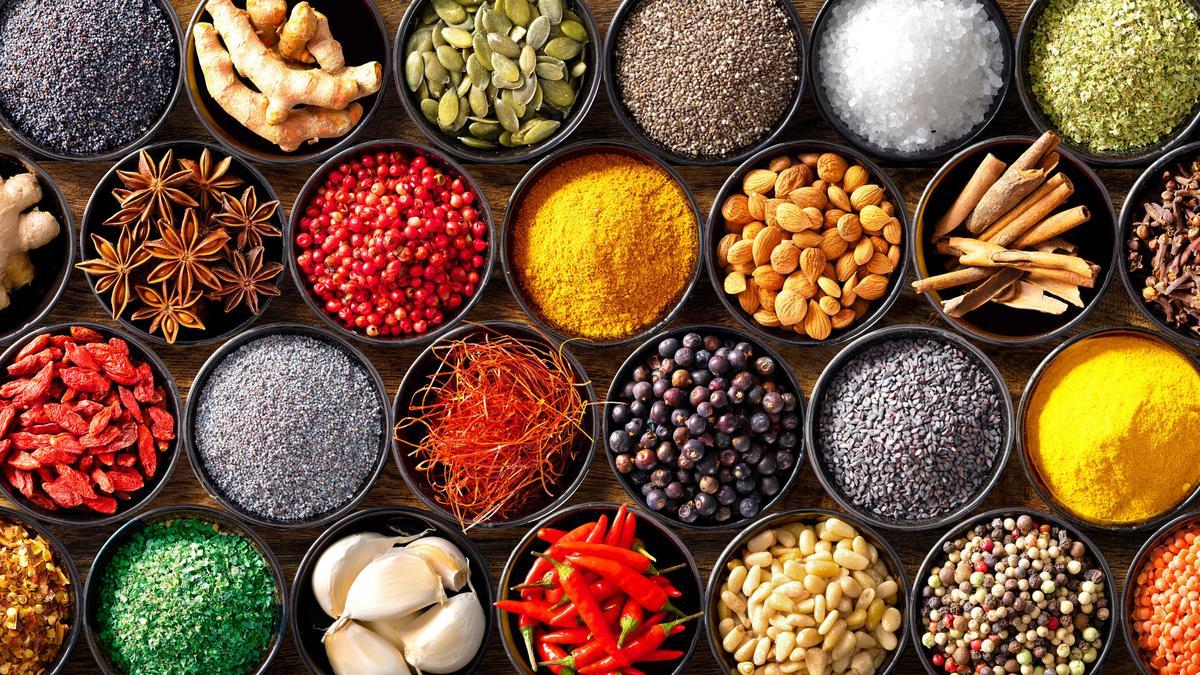
The Rich Legacy of Indian Spices: A Journey Through History
The journey of Indian spices unfolds like a vibrant tapestry, woven with the threads of history, culture, and culinary artistry. Spices such as turmeric, cumin, and cardamom were not merely ingredients but symbols of wealth and trade, sought after by explorers and traders alike. Their complex flavors and aromatic profiles helped shape cuisine across the globe, making them indispensable in kitchens far and wide. Indian spices have stood the test of time, serving not only to enhance the palatability of dishes but also to embody traditions and healing practices. With their roots deeply embedded in ancient Ayurvedic principles, these spices are revered not just for their taste but also for their ability to promote health and longevity.
As we delve deeper into the robust characteristics of these spices, we uncover a world teeming with benefits. The uniqueness of each spice lies in its potential to impart both flavor and nourishment. For instance, ginger is known for its anti-inflammatory properties, while coriander aids in digestion. Each spice contributes to a balanced, flavorful dish, transforming ordinary meals into extraordinary culinary experiences. Here’s a quick glimpse of their multifaceted roles:
| Spice | Key Benefits | Common Uses |
|---|---|---|
| Turmeric | Anti-inflammatory, antioxidant | Curries, rice dishes |
| Cumin | Aids digestion | Soups, spice blends |
| Cardamom | Improves oral health | Desserts, chai tea |
| Ginger | Anti-nausea, anti-inflammatory | Stir-fries, teas |
| Coriander | Rich in antioxidants | Salsas, marinades |
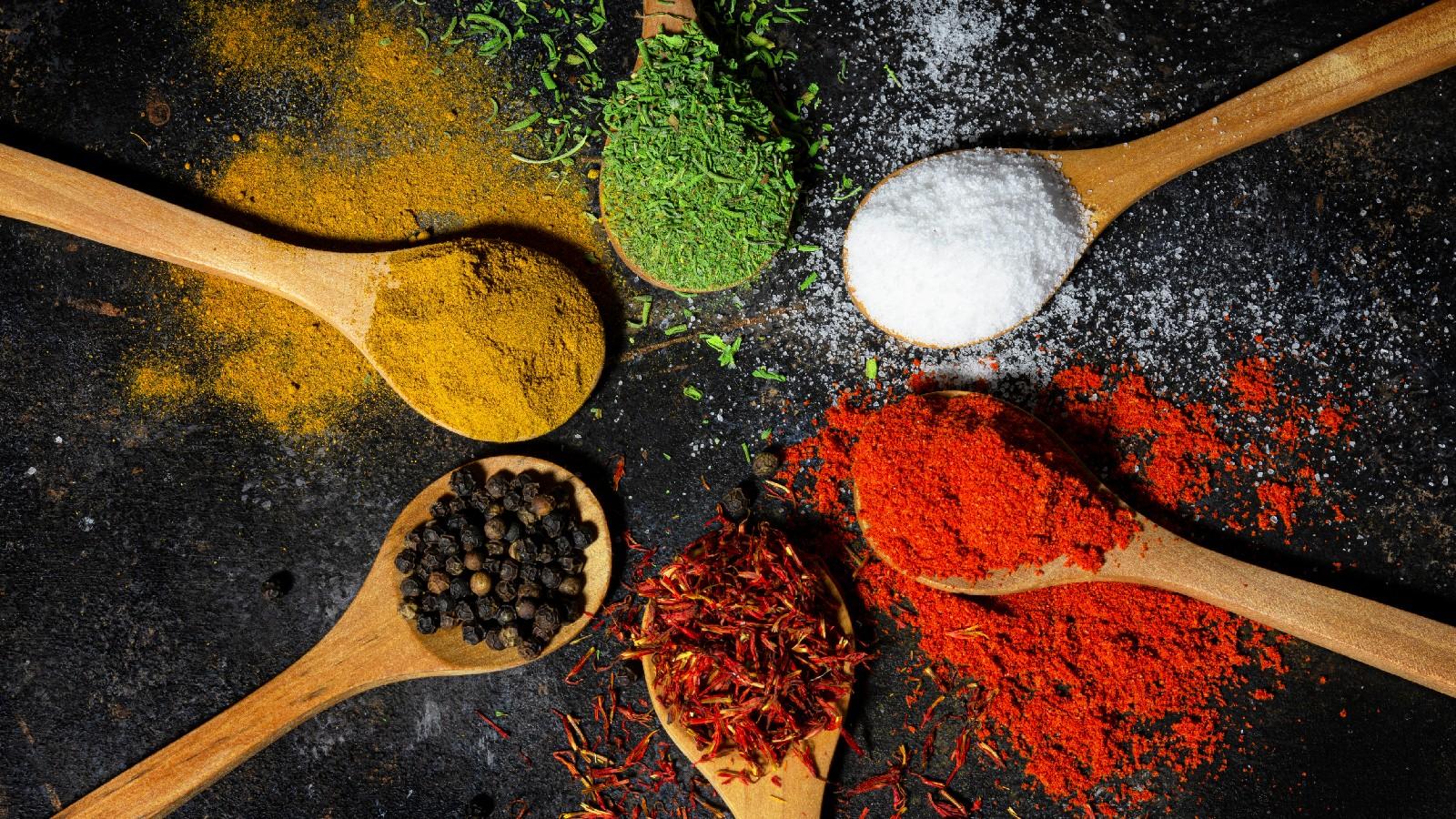
Unlocking the Health Benefits: Why Spices are Essential for Wellness
The vibrant palette of Indian spices not only elevates the flavor of dishes but also brings a multitude of health advantages that can transform your wellness journey. Turmeric, with its active compound curcumin, is well-regarded for its potent anti-inflammatory and antioxidant properties. Cinnamon is another remarkable spice that aids in blood sugar regulation, making it a great addition to both sweet and savory dishes. Ginger, known for its digestive benefits, can help soothe nausea and enhance gastrointestinal health, proving that these flavorful ingredients are invaluable allies in our pursuit of good health.
Incorporating these spices into your daily meals offers a delicious way to harness their therapeutic effects. The following benefits highlight why including spices in your cooking routine is essential:
- Anti-inflammatory properties: Many spices, such as turmeric and ginger, combat inflammation and support joint health.
- Improved digestion: Cinnamon and cumin can aid digestion and alleviate digestive disorders.
- Heart health: Spices like garlic and cardamom have been shown to promote cardiovascular health by improving circulation.
- Enhanced immunity: Spices such as black pepper and neem provide immune-boosting benefits, helping to fend off illnesses.
| Spice | Key Health Benefit |
|---|---|
| Turmeric | Anti-inflammatory, antioxidant |
| Cinnamon | Regulates blood sugar |
| Ginger | Soothes nausea, digestive aid |
| Cardamom | Supports heart health |
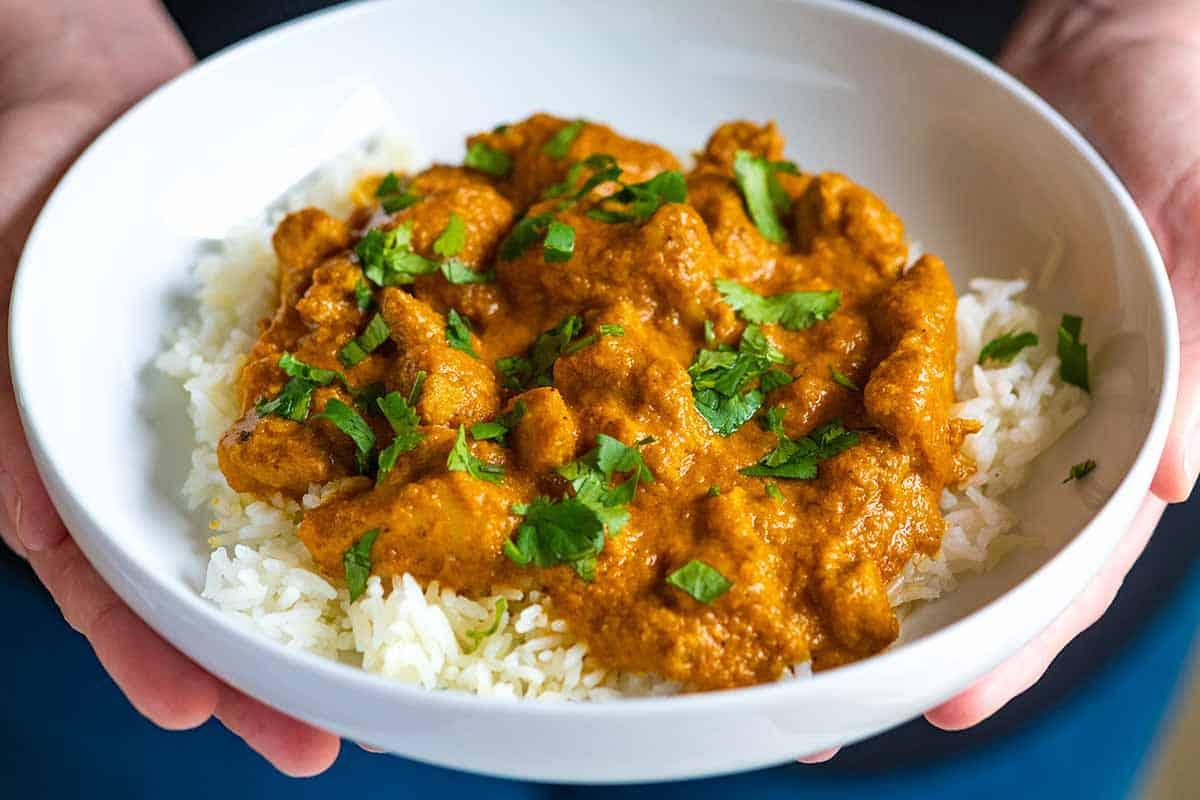
From Curry to Chai: Versatile Uses of Spices in Everyday Cooking
One of the most delightful aspects of cooking with spices is their incredible versatility, allowing them to traverse the boundaries from savory dishes to sweet delights. For example, cumin and coriander are hallmarks in traditional curries and, when incorporated into marinades, can enhance the flavor of grilled meats and vegetables. Meanwhile, aromatic spices like cardamom and turmeric can elevate a simple rice dish from mundane to extraordinary, infusing it with warmth and richness. Not to mention how a dash of cayenne pepper can turn an otherwise bland soup into a tantalizing treat. From delicious curries to unexpected flavor boosters in everyday meals, spices have the power to transform dining experiences. Moreover, the world of spices also extends to beverages that can soothe and invigorate the senses. Chai, often brewed with a combination of spices such as ginger, cloves, and black pepper, offers a restorative drink that can easily be adapted to suit individual tastes. Simple variations can include adding cinnamon for warmth, or fennel for a hint of sweetness. The table below showcases the diverse uses of some popular Indian spices, highlighting their flavors and suggested applications, proving that with creativity, spices can craft an enchanting symphony in any culinary endeavor.
| Spice | Flavor Profile | Common Uses |
|---|---|---|
| Cumin | Earthy, warm | Curries, marinades, roasted vegetables |
| Cardamom | Aromatic, sweet | Chai, desserts, rice dishes |
| Turmeric | Earthy, bitter | Soups, stews, rice |
| Cayenne Pepper | Spicy, pungent | Soups, marinades, sauces |
| Ginger | Spicy, fresh | Chai, stir-fries, marinades |
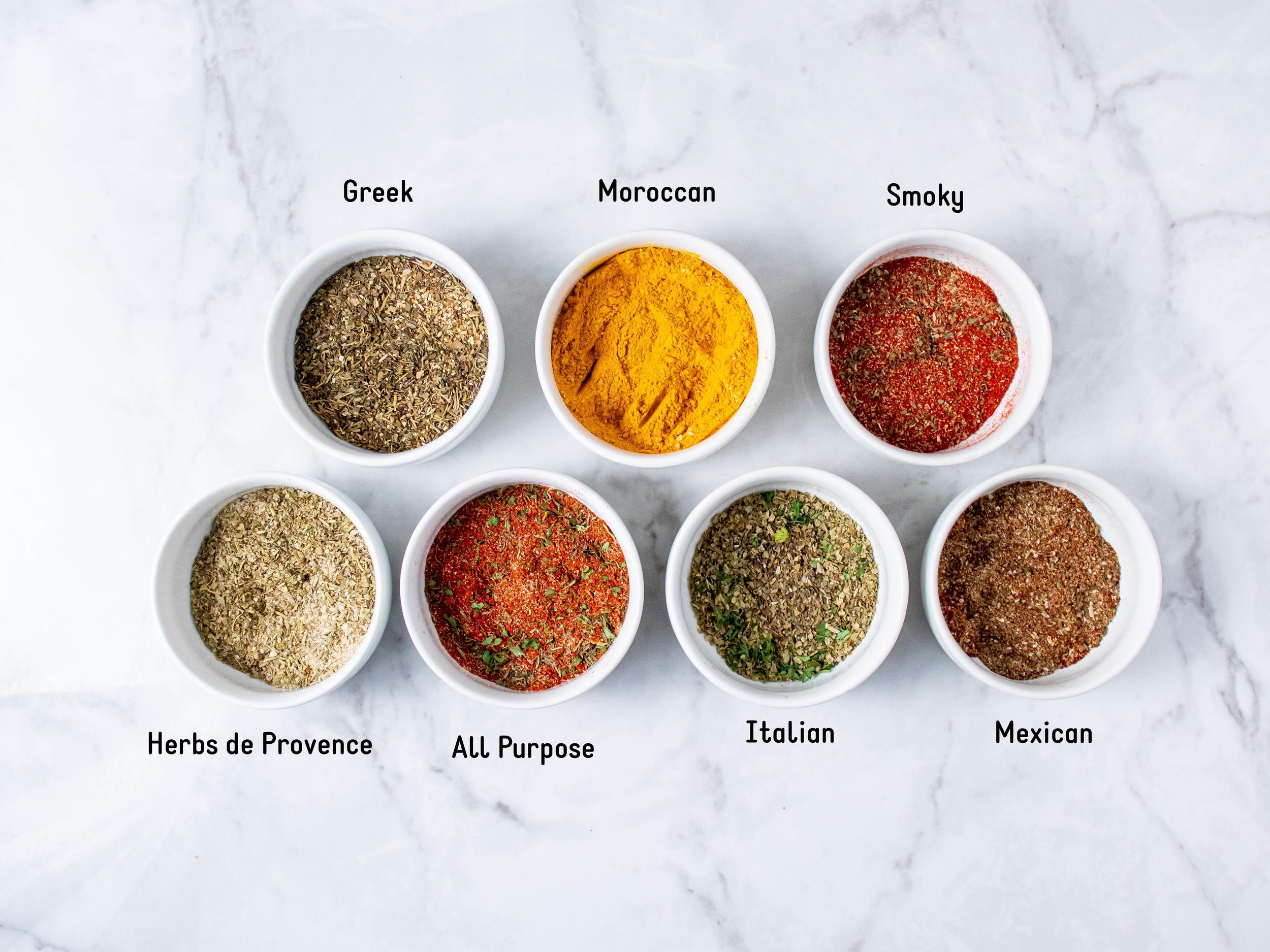
Creating the Perfect Spice Blend: Tips for Elevating Your Dishes
To craft a spice blend that truly enhances your culinary creations, start by selecting a base of spices that resonates with the core characteristics of Indian cuisine. Popular choices such as cumin, coriander, and turmeric bring warmth and depth to any dish. Layer your blend by adding heat through spices like cayenne pepper or black pepper. To add complexity, consider incorporating aromatic elements such as cardamom, cloves, and cinnamon. It’s often advantageous to toast whole spices before grinding to release their essential oils and maximize their flavor impact. Remember, the key is balance; avoid overwhelming your dish with any single spice to maintain a harmonious blend.
Additionally, experimentation is crucial in creating a memorable spice blend. Try mixing spices in different ratios, and don’t be afraid to include herbs like fenugreek or curry leaves for freshness. Here’s a simple table to guide you in perfecting your unique mix:
| Ingredient | Flavor Profile | Usage Tips |
|---|---|---|
| Cumin | Earthy, warm | Use whole or ground; excellent for curries |
| Coriander | Citrusy, floral | Great in marinades and chutneys |
| Turmeric | Earthy, subtle bitterness | Add for color and health benefits |
| Fenugreek | Nutty, slightly sweet | Ideal for pickles and dals |
Incorporating a variety of spice blends can elevate your dishes, allowing you to explore the vast landscape of Indian flavors. Always taste as you blend, adjusting until you discover the perfect harmony that excites your palate. Serve your creations proudly, knowing each sprinkle of spice not only adds flavor but also nutritional benefits hidden within these colorful powders.
Closing Remarks
As we conclude our journey through the vibrant world of Indian spices, it’s clear that these colorful ingredients are more than just flavor enhancers; they are the heart and soul of culinary traditions rich with history and health benefits. Each spice offers a unique profile that not only elevates dishes but also contributes to well-being in various ways. Whether you’re sprinkling a dash of turmeric into a curry or infusing garam masala into a cozy pot of stew, embracing Indian spices invites creativity, warmth, and richness to your kitchen. By incorporating these fragrant wonders into your meals, you are not only tantalizing your taste buds but also reconnecting with centuries of culinary wisdom that celebrates natural flavors and wholesome ingredients. So, the next time you reach for a spice jar, remember that you are unlocking a world where taste, tradition, and nutrition harmoniously blend. Ultimately, the exploration of Indian spices is an invitation to experiment, to discover, and to enjoy the myriad ways these ingredients can transform an ordinary dish into an extraordinary experience. Happy cooking!


